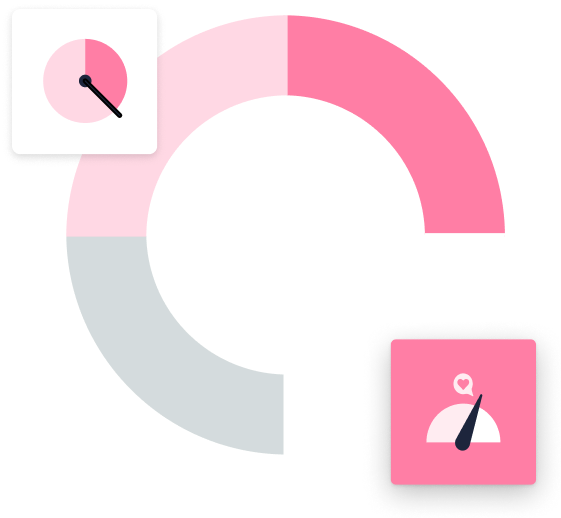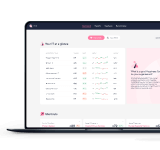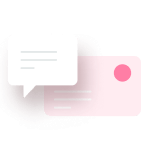Wiley's previous efforts of gathering end-user feedback involved conducting yearly surveys, a method falling short of expectations. Wiley also needed a tool to aid their IT culture development and internal strategy; to move to human-centric IT operations.
COMPANY
- Industry: Research and Education
- Employees: 9500
- Service Desk: Internal
- ITSM Platform: ServiceNow
- HappySignals since: Aug 2021
Outcomes
Response Rates
<5%
Before
>25%
After
x5
Increase
Lost Time
5hrs 13 min
Before
4 hrs 16 min
After
18.9%
Reduction in lost time over IT incidents
.png)
How HappySignals is used at Wiley
1. Experience data used to identify improvement areas
Experience data is continuously used in identifying improvement areas before and after implementing improvement initiatives. For example, through the processes Wiley has automated, they can use experience data to see how this has impacted their end-users.
2. Decision-making based on honest feedback
Wiley can listen directly to its end-users and then implement changes to its IT to benefit them. Furthermore, Wiley can show the end-user that essential changes have been made based on their feedback.
3. Continuous evolution of ITXM
Currently, experience management and the use of HappySignals is sitting closely with Wiley's end-user services team, with plans for further adoption across IT teams and ultimately, their culture.
4. Feedback en masses
HappySignals' ready-to-use tool has yielded high response rates overnight, dramatically changing previous measurement/feedback initiatives. Not only this, but the data is accurate and valid.
5. Reporting from the tool
Now experience data is being reported from the tool, and manual reporting is unnecessary. Experience data is being used in monthly meetings with the CIO, with plans to have experience data as a more prominent feature in their IT culture.
Challenges overcome with HappySignals
Wiley began with HappySignals in late 2021 to begin the transition to Experience Management and to start delivering their key target; making the end-user experience as great as possible.
The challenges that were identified before using HappySignals, and overcome with the help of the platform, were:
- Moving from annual surveys (and outdated data) to real-time experience data from HappySignals.
- Increasing Response Rates and accessing tangible, fruitful data.
- From a service level agreement (SLA) focus to developing XLAs with the help of ITXM
- Insightful data to pinpoint problem areas for improvement
- Reduce hours in developing and conducting yearly surveys.
.png)
"Experience Management aligns to what we want to achieve internally - making end-user experience as great as possible"
Mark Butcher
Tangible Benefits
Real-time Experience data enables Wiley to identify continual improvement areas
-
Delivers value instantly
-
Pinpoints end-user exact problem areas
-
Increase response rates
-
No need for manual exporting - report straight from the tool
-
Reduces hours wasted in building and divulging data from yearly surveys
-
Track and trace IT changes

How they got there
- Wiley began with a 6-week POC leading them to discover the true potential and value of the HappySignals Experience Management Platform.
- The out-of-the-box tool aided Wiley with a quick implementation into their working methods, seeing a 25% increase in response rates overnight.
- Experience Data is now used in monthly CIO meetings
- Further education on HappySignals and ITXM is in the pipeline to introduce to broader IT units.
- Show and tell method with end-users to show what is being improved from their feedback.
Use cases where Wiley
uses HappySignals
See which use cases helped Wiley achieve its IT success, and find other cases suitable for your company needs.
- Digital transformation
- Manage IT vendors
- Fix the 'Watermelon Effect' in IT
- Continual service improvement
- Happiness as a common focus for IT
- Moving from SLAs to XLAs







